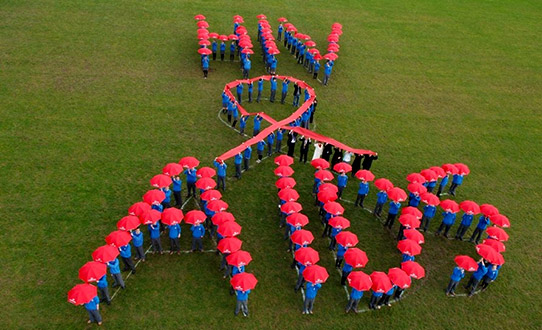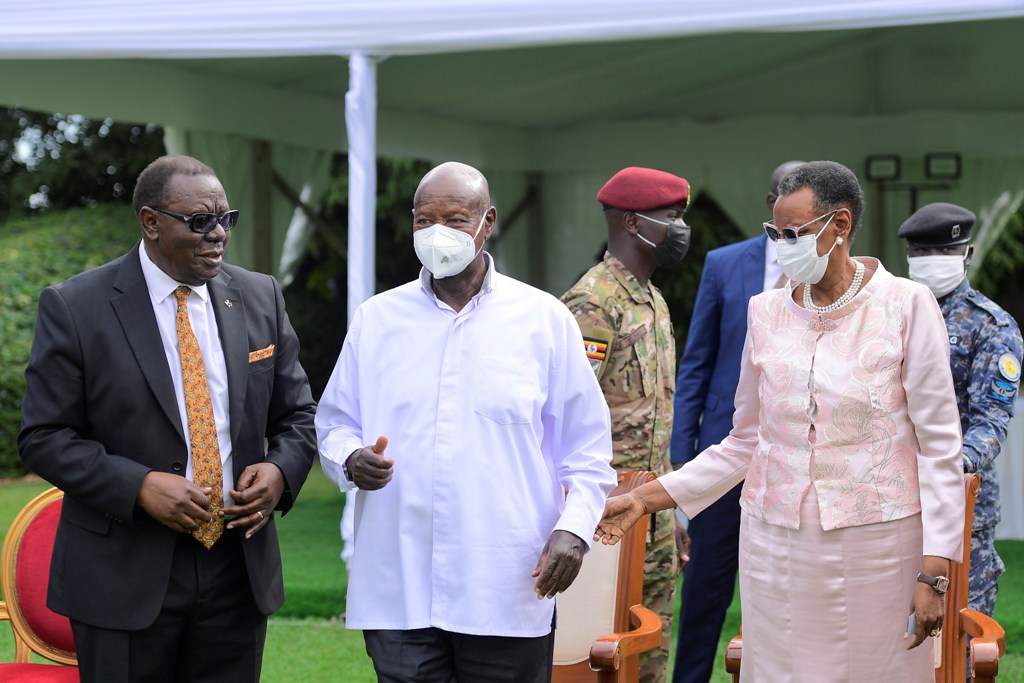Young girls, uncircumcised divorced men remain at higher risk for HIV infection, says Aids Commission
All the rest of the regions according to Byamukama have an HIV prevalence, which is less than average with West Nile at 2.3% and Karamoja at 2.8%, having the lowest prevalence in the country.

The Uganda Aids Commission (UAC) has revealed that cases of HIV infections among adolescent girls and uncircumcised men, who were formerly married, divorced, or separated, are increasingly being registered in different parts of the country.
According to the commission, these cases are highlighted in the regions of greater Masaka, the Lango-Acholi region, and the main capital of the country Kampala.
Dr. Daniel Byamukama, the head of HIV prevention at UAC said in categories of groups infected, adolescents come at the top whereas uncircumcised men who were formerly married, divorced/separated, came second place in the number of new HIV infections.
He noted that the majority of these infections are from regions such as greater Masaka, Lango-Acholi region, and Kampala which all have a prevalence above the average.
“This includes the greater Masaka, which is South Buganda at 8.3%; Mid-North, the Lango-Acholi region at 6.7%; Kampala at 6.9%; the southwestern region, Ankole, Kigezi at 6%; North Buganda at 6%,” he said.
All the rest of the regions according to Byamukama have an HIV prevalence, which is less than average with West Nile at 2.3% and Karamoja at 2.8%, having the lowest prevalence in the country.
He highlighted that among the 1.4 million people living with HIV at the time, 90% knew their HIV status, 94% of those who knew their status were on treatment, and 94% of those on treatment had attained viral suppression.
“Other interventions like circumcision had been scaled up significantly. Since 2010, we have circumcised up to 6 million people. And we had increased the prevalence of circumcised men up to 57.5% by 2020,” he explained.
The Minister of Kampala Metropolitan Affairs Kabuye Kyofatogabye said the government will continue supporting all interventions, aimed at reducing inequalities, especially among adolescent girls, young women, and boys.
As a government policy, Kabuye reminded all state and non-state actors to ensure HIV is mainstreamed in all their interventions, saying the government aims to have a strategic focus to ensure a healthy population.
“We will therefore continue supporting all interventions aimed at reducing inequalities, especially among adolescent girls, young women, and Boys, through policy formulation,” he noted.
The minister asserted that despite the success registered, the burden of HIV remains high with HIV prevalence being higher among women at 6.5% than men at 3.6%.
Among older adolescents and young people, prevalence is almost four times higher among females than males.
On 17th May this year, Uganda will join the rest of the world to commemorate the International Candlelight Memorial Day. This will be under the theme Ending AIDS: Keeping Communities at the Centre.
By this year, Uganda has registered a sustained decrease in the number of AIDS-related deaths from 51,000 in 2010 to 17,000 in 2022, which is a 67% decrease in AIDS-related deaths.







